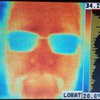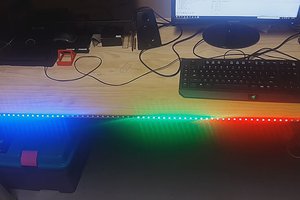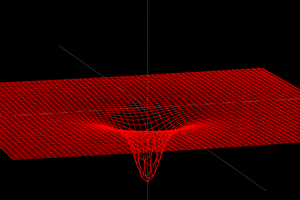My goal here is to test out some interesting concepts and learn a few things along the way. I have no illusions that this will be ground breaking, but it could be pretty cool, possibly even a novel curiosity.
Previously, I was only looking to find someone more skilled to test this, at this point though, I've learned enough that I can start to test things on my own.
Factoring using waveforms
Waveform sweep superposition to help factor large product of prime numbers.
 Macrofarad
Macrofarad





 glgorman
glgorman

I don't know if only integer factors of the frequency will show up. Suppose you try to factor 55 Hz. Would you only see 5Hz and 11Hz? Why won't you see 4Hz and 13.75 Hz? Hz is based on the second, which is an arbitrary unit of time humans just made up. There is an infinite number of ways to make 55 hz.